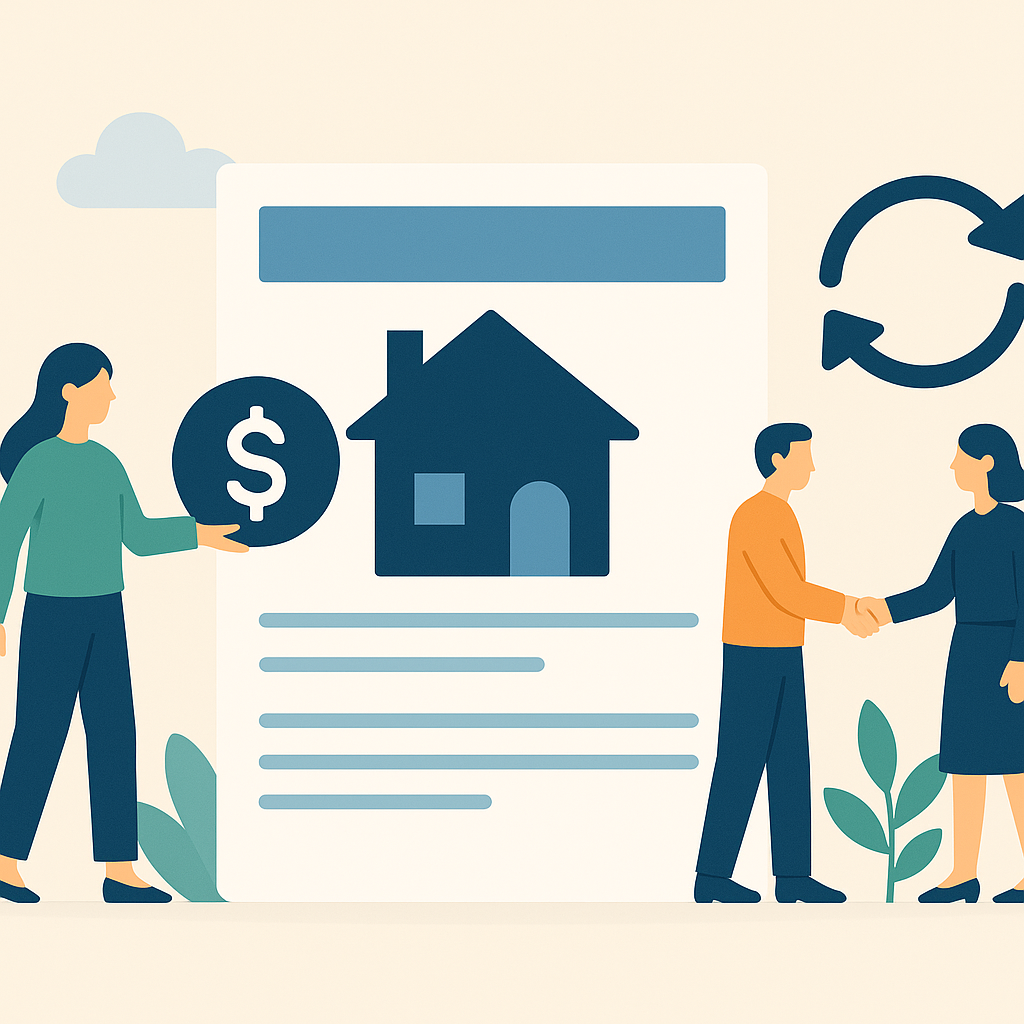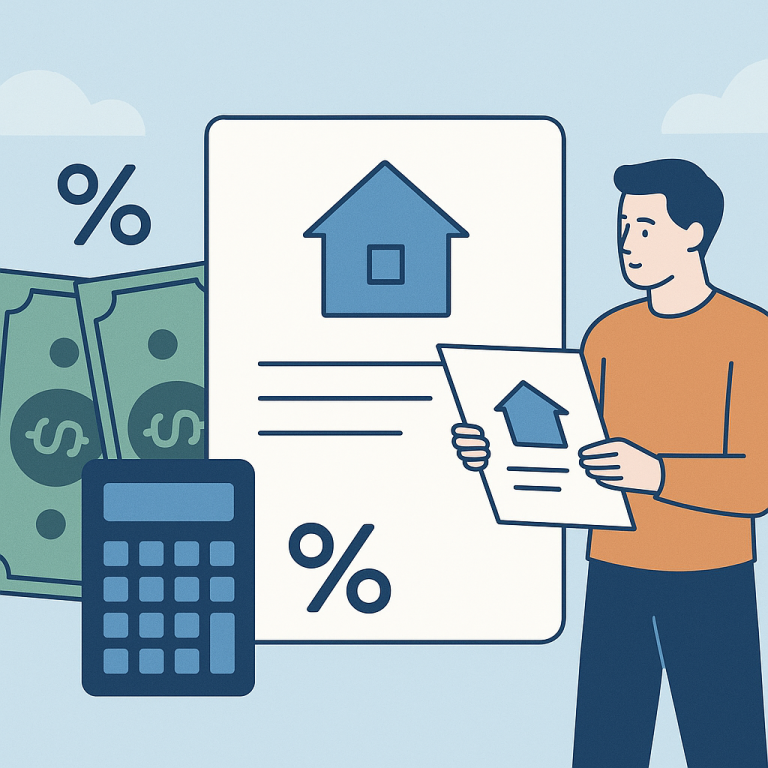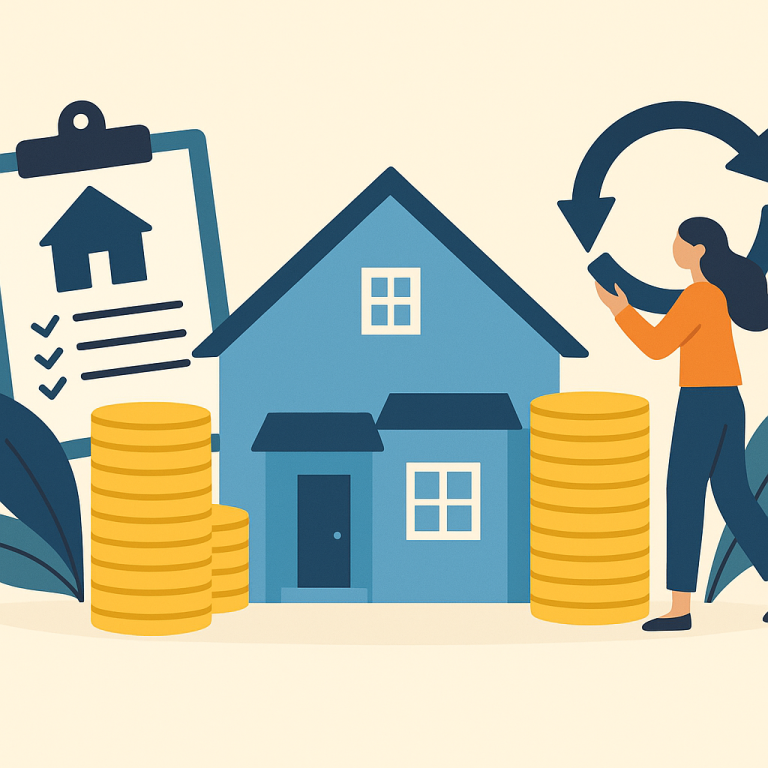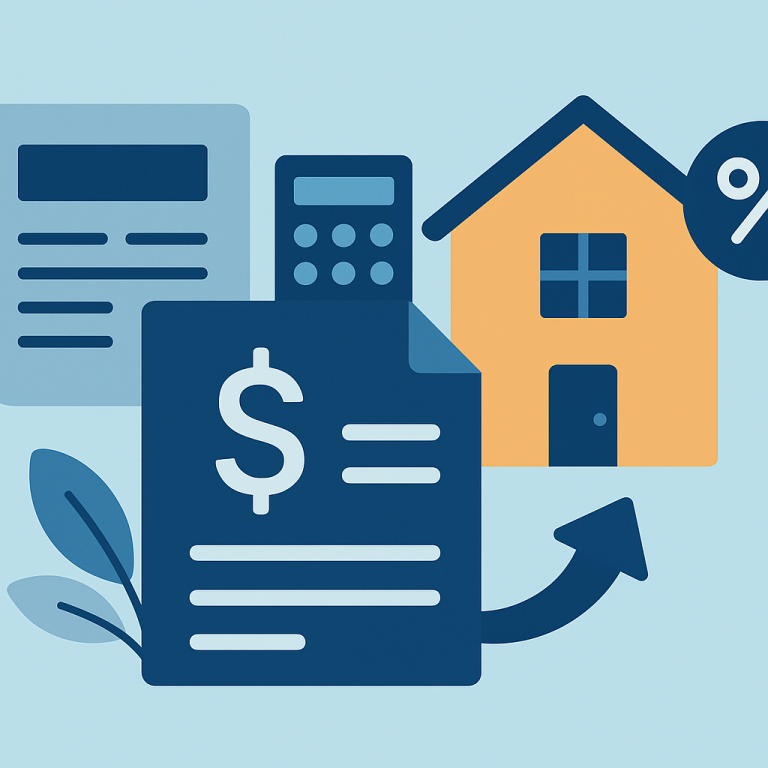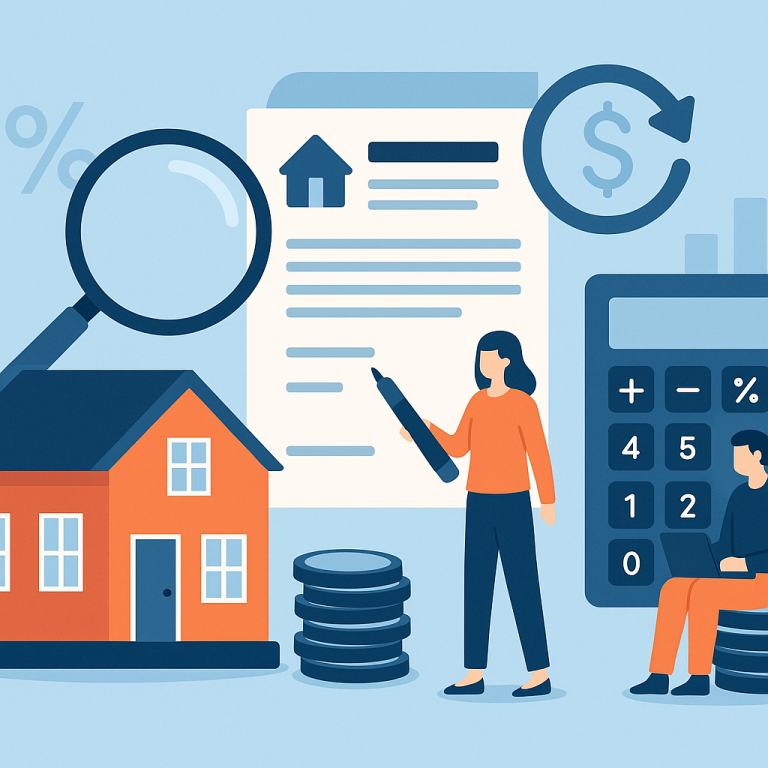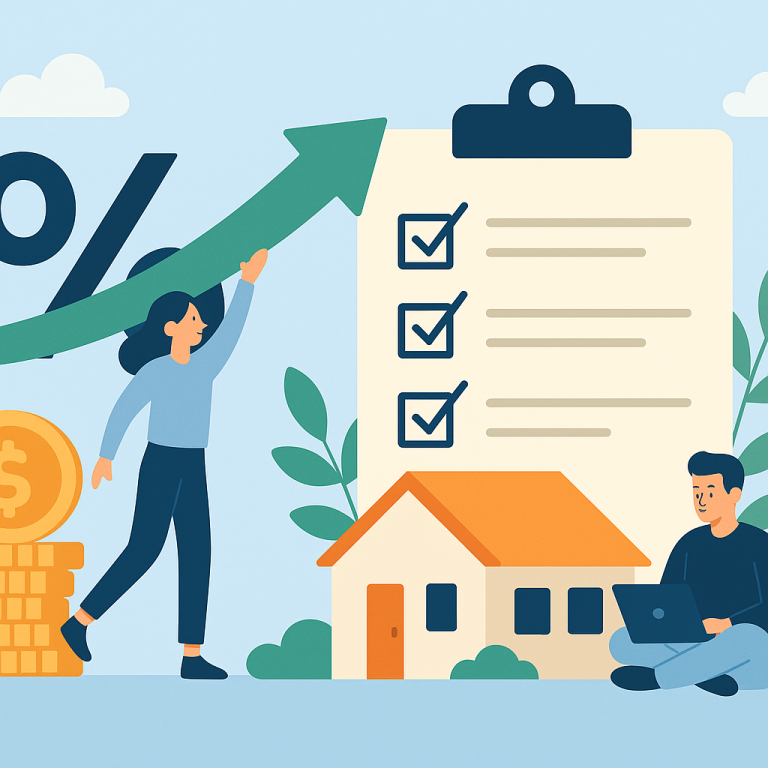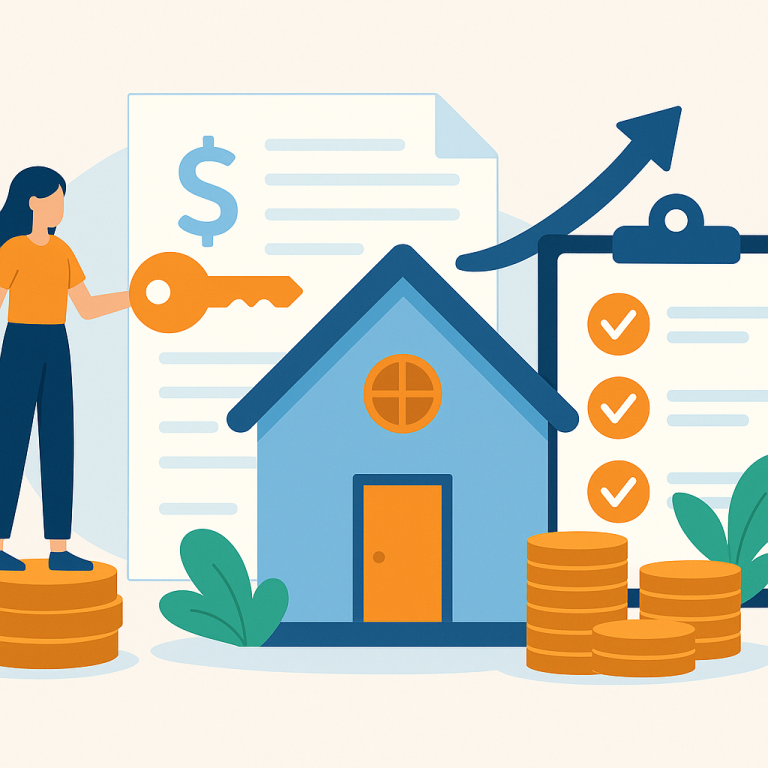Refinance Rates Fall To 6.25% For 30-Year Fixed, Applications Jump 20%
Refinancing When It Pays Off: Focus on Your Break-even and Time in Home
Homeowners considering refinancing typically focus on headline interest rates, but the single clearest factor in whether a refinance makes financial sense is how long you plan to keep the mortgage compared with the time it takes to recoup the transaction costs. Closing costs, changes to the loan term, and shifts in monthly payment all interact with a homeowner’s intended horizon. Approaching refinance decisions through a break-even lens helps prioritize options that align with personal plans rather than market noise.
Why break-even matters more than the advertised rate
A lower interest rate can translate to significant monthly savings, but those savings begin only after you offset upfront costs such as lender fees, appraisal charges, and other closing expenses. If you expect to sell or refinance again relatively soon, the time required to recoup those costs can exceed your remaining time in the home, reducing or eliminating the expected benefit. Conversely, if you intend to remain in place for the foreseeable future, even moderate rate reductions can be worthwhile once the break-even point is passed.
Other factors that change the calculation
Several non-rate elements can materially affect whether a refinance is advantageous:
- Loan term adjustments: Shortening the loan term generally increases monthly payments but decreases total interest paid, altering the break-even dynamics. Extending the term may lower payments but can increase long-run interest costs.
- Closing cost financing: Rolling closing costs into the new loan reduces up-front cash needs but raises the principal balance and the amount that must be repaid to reach break-even.
- Home equity and loan-to-value: Sufficient equity can unlock better rate options and eliminate private mortgage insurance, which can speed up break-even. Low equity may restrict options or increase required fees.
- Credit profile changes: Improved credit since the original loan can enable access to lower rates or better terms, while a weaker credit profile can limit benefits.
Practical steps for homeowners
Before committing to a refinance, homeowners should take the following steps to make a grounded decision:
- Estimate all upfront costs and compare them to expected monthly savings to calculate a realistic break-even period.
- Consider your likely time in the home; if that horizon is shorter than the break-even period, a refinance is unlikely to be beneficial.
- Compare offers across multiple lenders and evaluate loan term combinations rather than focusing solely on the lowest available rate.
- Run scenarios that include both best-case and conservative assumptions about future rates, property plans, and changes in income or credit.
Homeowner takeaways
- Frame the decision around how long it will take to recoup closing costs, not just the headline rate.
- Match the new loan’s term and structure to your ownership horizon and cash-flow needs.
- Shop multiple lenders and consider how financing closing costs affects the break-even point.
- Revisit the decision if your plans change; what is optimal now may shift with a new timeline or credit profile.
When refinancing is evaluated through the practical lens of break-even time and ownership plans, homeowners can avoid common pitfalls and choose options that support long-term financial goals rather than reacting to short-term rate movements.
META: refinancing-breakeven-homeowner-takeaways

